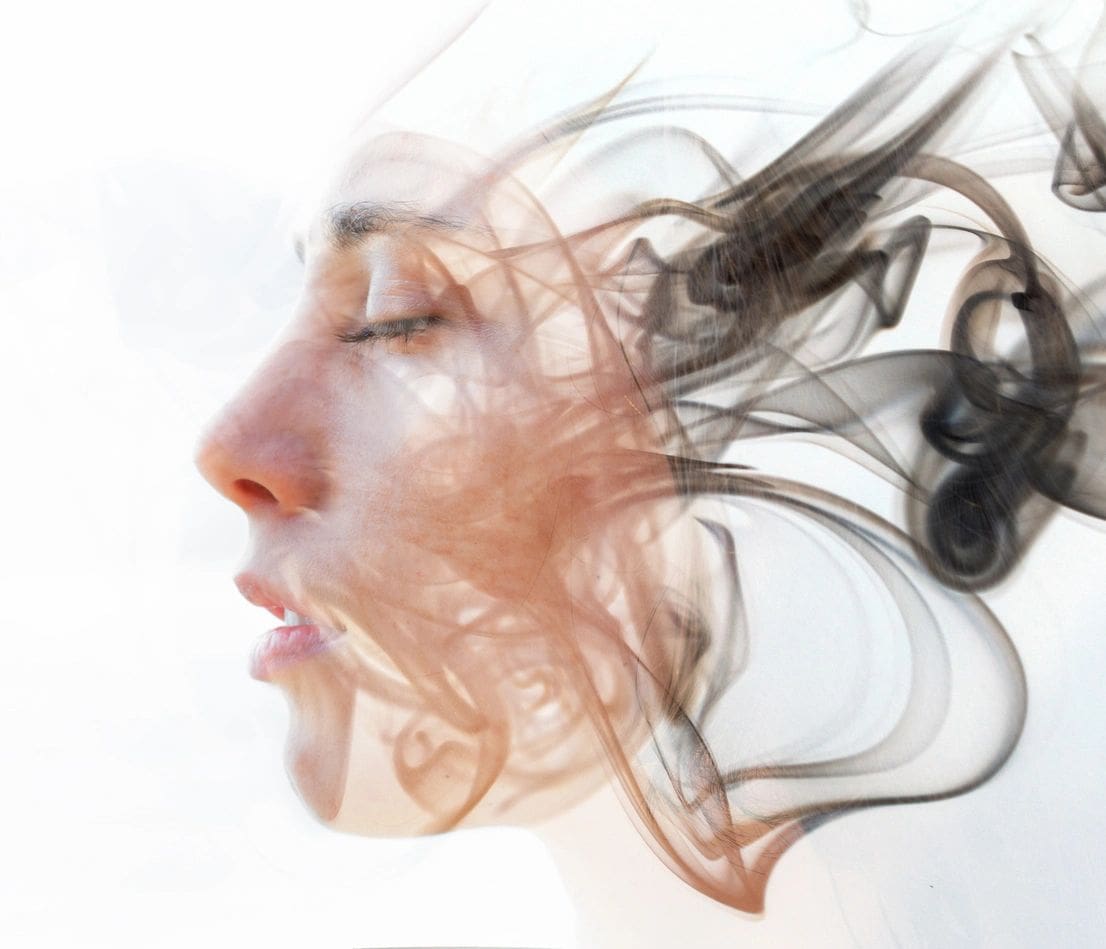Search Posts
Recent Posts
- RI Veterans: Did you know? 25.04.24 (100th for Louis Dolce, events, resources) – John A. Cianci April 25, 2024
- Business Beat: Bad Mouth Bikes takes home 3 national awards April 25, 2024
- Rhode Island Weather for April 25, 2024 – John Donnelly April 25, 2024
- We Cook! Mill’s Tavern’s Cajun North Atlantic Swordfish, Mango Salsa, Cilantro Citrus Aioli April 25, 2024
- The Light Foundation & RI DEM’s 4th Annual Mentored Youth Turkey Hunt a success April 25, 2024
Categories
Subscribe!
Thanks for subscribing! Please check your email for further instructions.

GriefSpeak: The Masks in the Room – by Dr. Mari Dias
by Dr. Mari Dias
Excerpts from “Please hear what I’m not saying” (Charles Finn, 1966)
“Don’t be fooled by me.
Don’t be fooled by the face I wear
For I wear a mask, a thousand masks,
Masks that I am afraid to take off, and none of them is me…
Beneath lies confusion, and fear, and
Aloneness…
That’s why I frantically create a mask to hide behind…
To help me pretend,
To shield the glance that knows.
I tell you everything that’s really nothing,
And nothing of what’s everything,
Of what’s crying within me…
Please listen carefully and try to hear what I’m not saying…
Who am I, you may wonder?
I am someone you know very well.
For I am every man you meet
And I am every woman you meet.
[Who wears a mask}
The history of masks dates back to 7000BC where they were used for rituals and ceremonies. As centuries passed the use of masks grew to includes the need for protection, disguise, and entertainment.
In 1966, Charles Finn could not possibly have envisioned a world where everyone is mandated to don a literal mask; he was referring to a metaphorical, symbolic mask. Masks that we all wear to control how people perceive us, often referred to by sociologists as the “Looking Glass Self.”
These masks can be interchangeable, require a great deal of emotional energy and vigilance to wear and change. Sometimes in seconds. Yet, Finn says we all wear masks. Those of us who are adept but exhausted from wearing them may be relieved that we can wear a tangible mask; one that covers the metaphorical one and reduces emotional hiding.
In 2020 we all wear a mask that makes it easier for us to hide, and more difficult for others to read our facial expressions. This mask policy interferes with counseling/therapy because we normally “hear” what a person is not saying through their body language, which includes facial expressions. Social Psychologists discuss the importance of body language, as it represents about 56% of what we truly communicate. In fact, the words we use reflect only 7% of what we are genuinely feeling. The remainder, 37%, is attributed to tone, rate, and volume of speech. Think about this. If body language is 56%, it is apparent that we need to listen with our eyes, as we watch what someone’s words are trying to hide or manipulate. It’s very difficult to “fake” or manipulate one’s body language – our words can lie but body language cannot. (Unless of course one is a seasoned actor or performer). They can lie with body language as well.
We do, however, have an advantage with our literal masks, as our eyes are more pronounced, more prevalent, and considered the “windows of the soul”. Yet without the benefit of the entire facial expression, we may inaccurately identify the subtext (“actions speak louder than words”, “don’t listen to what people say, watch what they do”). This inability to see a three-dimensional face is the fuel for misunderstanding both the message and the emotion.
But then again, perhaps a person’s choice of mask is revealing. Some include memes, quotes from favorite Netflix series, others reflect a sports team or a Broadway show. Maybe these literal masks reveal more than what we might learn otherwise. For some.
Personally, I am grieving over the loss of faces. It’s form, it’s skin color (are they blushing, are they angry?). This grief is founded on years of hearing subtexts through my eyes, analyzing and interpreting when a client doesn’t even know their facial expressions and body movements belie their words. Now, it is difficult to assess the emotional state because I know their words are only 7 % reliable. One needs to hear and see the contradictions. Are they clenching their jaw under that Patriots mask? Are their lips trembling under the “Schitt’s Creek” mask, even though their words indicate they are happy? My failsafe is their tone, rate, and volume of speech. A whisper is equally as telling as a wail. The mask mandate has forced the professional in me to work harder, attune myself more to the speaker, increase my empathic skills, and share their space.
I am also charged with teaching graduate students how to do the same, as they struggle to perfect their listening and therapeutic skills. I emphasize to my soon-to-be therapist students that my default, and theirs as well, is authenticity. Genuineness. This may bypass the problems of communication – if we can have congruency in our words, body language, and tone/rate/volume. We are models for our clients, and our sessions are a microcosm of their lives. By encouraging authenticity and congruency/consistency we can facilitate the growth and change in our clients. Even with masks.
Students often refer to my incessant quote “Address the elephant in the room.” We all have unsaid or unthought issues. We all have an elephant behind our mask. Finn’s poem discusses the lengths to which we go to hide who we really are, our vulnerabilities and our Achille’s heel(s). If we share what we are thinking or feeling we will not be distracted with the busyness of the layers, bundles, and threads of thoughts in our mind.
Maybe, just maybe, masks can help us reveal. And through reveal we heal.

